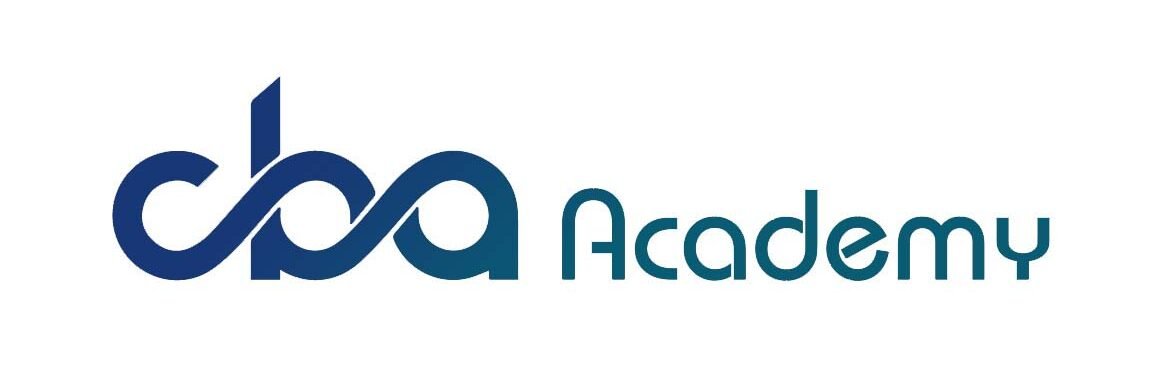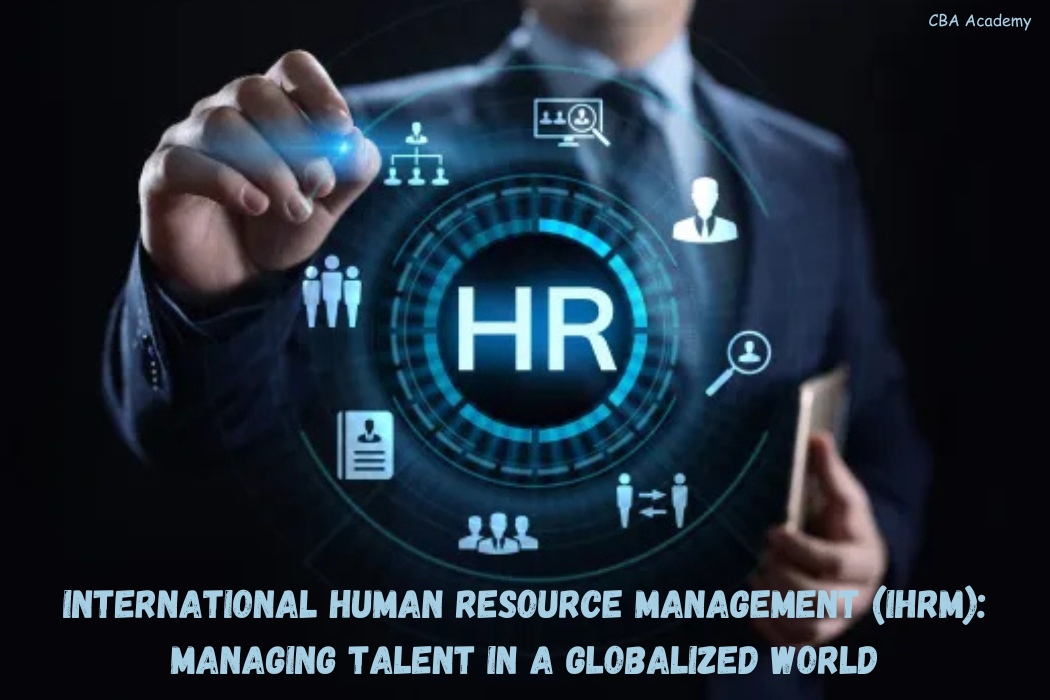International Human Resource Management is more than just HR on a global scale; it’s the strategic approach to managing talent across borders to drive organizational goals while navigating cultural, legal, and logistical challenges. This guide explores what International Human Resource Management entails, its unique functions, the challenges it faces, and best practices for thriving in a global marketplace.
1. What is International Human Resource Management?

Key Differences Between Domestic HRM and International HRM
- Scope and Complexity: While domestic HRM typically operates within one national context, IHRM spans multiple countries, each with different laws, cultures, and work practices.
- Diversity: IHRM involves working with a workforce that is diverse in nationality, language, and cultural norms, which adds layers of complexity.
- Adaptability: International Human Resource Management must understand and respect regional differences, balancing local adaptation with the company’s global HR policies.
Why IHRM Matters in a Global Economy
As businesses grow internationally, having a strong IHRM framework becomes critical. Effective IHRM aligns HR practices with the company’s global strategy, enabling the organization to attract, retain, and develop talent worldwide.
2. Core Functions of International Human Resource Management
 IHRM encompasses a wide range of responsibilities. Here are some of the core functions:
IHRM encompasses a wide range of responsibilities. Here are some of the core functions:
a) Global Recruitment and Selection
Hiring on a global scale involves more than just finding the right skills. IHRM must consider:
- Types of Hires: Organizations may hire expatriates (employees from the company’s home country working abroad), locals (employees from the host country), and third-country nationals (employees from neither the home nor host country).
- Cultural Fit: Assessing candidates for cultural adaptability and sensitivity is essential, as different countries may have varying communication styles, work expectations, and interpersonal dynamics.
b) Training and Development
- Cross-Cultural Training: For expatriates, training on local customs, language, and business practices is vital to smooth integration and job effectiveness.
- Leadership Development: Training programs are designed to cultivate leaders who can navigate international challenges and effectively lead cross-border teams.
- Technical and Soft Skills Development: Ensuring all employees have the necessary skills to work in a global environment, including digital tools and intercultural communication.
c) Performance Management
- Tailoring Evaluation Criteria: Performance metrics may need to be adjusted based on regional norms and job expectations. For instance, some cultures prioritize teamwork over individual achievements.
- Regular Feedback and Adaptation: In International Human Resource Management, feedback must be adapted to the employee’s cultural background. Some employees may prefer direct feedback, while others may appreciate a more indirect approach.
d) Compensation and Benefits
- Localized Compensation Packages: Compensation must consider factors like cost of living, currency exchange, and local tax rates.
- Benefits Customization: Benefits such as healthcare, pension, paid leave, and housing allowances may vary significantly by country, and HR must ensure these meet local standards.
- Equity and Fairness: IHRM faces the challenge of balancing fair compensation globally while adhering to regional economic standards.
e) Legal Compliance and Ethics
- Navigating Labor Laws: Compliance is a major focus, as each country has its own employment laws, ranging from working hours and minimum wages to anti-discrimination policies.
- Data Privacy and Security: With international operations, IHRM must adhere to data privacy laws like the GDPR in the EU, which has strict regulations on employee data management.
3. Challenges in International Human Resource Management

a) Cultural Differences
Managing a global workforce means dealing with diverse cultural expectations. Variations in communication styles, work-life balance, and leadership perceptions can lead to misunderstandings if not addressed.
b) Legal and Regulatory Compliance
Each country has distinct employment laws, so HR must stay updated on local labor laws, visa requirements, tax regulations, and safety standards to ensure compliance and avoid legal repercussions.
c) Talent Mobility and Retention
Keeping talent engaged across borders requires robust relocation packages, ongoing support, and career development opportunities. Retaining expatriates is challenging due to factors like homesickness, lack of local connections, or cultural mismatch.
d) Language and Communication Barriers
Language can be a significant barrier, affecting everything from documentation to daily interactions. Clear, accessible communication is essential for a cohesive workplace.
e) Economic and Political Instability
Global HR operations are affected by factors like political unrest, inflation, or currency fluctuations. HR managers must be prepared to adapt quickly to unexpected changes in any region.
4. Effective Strategies for International Human Resource Management
 Successful IHRM requires a blend of flexibility and structure. Here are some strategies to enhance effectiveness:
Successful IHRM requires a blend of flexibility and structure. Here are some strategies to enhance effectiveness:
a) Implementing Cross-Cultural Training Programs
- Cultural Awareness: Training programs that emphasize cultural understanding help employees adapt to new regions and minimize misunderstandings.
- Language Training: Offering language courses improves communication and helps expatriates connect with local teams.
b) Using Digital HR Tools and Systems
- HR Information Systems (HRIS): Cloud-based systems allow centralized management of employee data, payroll, and compliance, making it easier to manage a global workforce.
- AI and Automation: Automated tools streamline hiring, onboarding, and training, saving time and resources.
c) Developing a Global Talent Acquisition and Retention Strategy
- Relocation Support: Offering support for moving, housing, and settling-in services helps retain employees in new locations.
- Career Development: Providing international employees with development opportunities, mentorship, and clear career paths improves retention.
d) Building a Unified Corporate Culture
- Global Values, Local Adaptation: Companies can build a strong, unified culture by embracing core values while respecting local customs and work practices.
- Global Collaboration: Encouraging international teams to collaborate on projects and initiatives strengthens relationships and builds trust.
e) Creating a Flexible Compliance Framework
- Local Compliance Networks: Working with local legal experts can help HR teams stay compliant and respond to legal changes.
- Risk Management: Regular audits and compliance checks can prevent legal issues and maintain ethical standards globally.
5. Why International Human Resource Management is Crucial for Multinational Companies
 For companies with a global footprint, IHRM is essential to meet business goals and stay competitive. Here’s why IHRM is indispensable:
For companies with a global footprint, IHRM is essential to meet business goals and stay competitive. Here’s why IHRM is indispensable:
- Aligning with Global Strategy: International Human Resource Management ensures HR practices align with the company’s international objectives, such as entering new markets and expanding operations.
- Developing Cross-Border Leadership: IHRM helps nurture leaders with the cultural competency and skills needed to lead teams across countries.
- Fostering Innovation and Competitive Advantage: A diverse workforce brings fresh ideas and perspectives, fostering innovation and enabling companies to stand out in various markets.
6. Future Trends in International Human Resource Management
 IHRM continues to evolve with the global workforce. Here are some trends shaping its future:
IHRM continues to evolve with the global workforce. Here are some trends shaping its future:
a) Emphasis on Remote Work and Virtual Teams
Remote work has become increasingly prevalent, allowing companies to recruit global talent without the need for relocation. This shift requires new strategies for managing virtual teams and fostering online collaboration.
b) Diversity, Equity, and Inclusion (DEI)
DEI has gained traction in International Human Resource Management, as companies recognize the importance of inclusive practices across cultures. Emphasizing DEI helps companies build strong, diverse teams that mirror their global markets.
c) Digital Transformation in HR
Technology like AI and HR analytics is enhancing IHRM by automating tasks, analyzing performance, and predicting trends. These tools are critical for managing a large, dispersed workforce efficiently.
d) Sustainability and Corporate Social Responsibility (CSR)
Many organizations now prioritize sustainability and CSR. IHRM plays a role in aligning HR practices with environmental goals and promoting socially responsible initiatives.
Conclusion
International Human Resource Management is a cornerstone of global business success. It enables companies to attract, manage, and retain talent across borders while respecting cultural differences and adhering to legal requirements. Although IHRM presents unique challenges, effective strategies like cross-cultural training, technology adoption, and a focus on compliance allow HR professionals to navigate complexities and foster a thriving, inclusive global workforce.
As global workforces grow and diversify, staying current with IHRM practices will be essential for HR teams aiming to build resilient, adaptable, and future-ready organizations.


